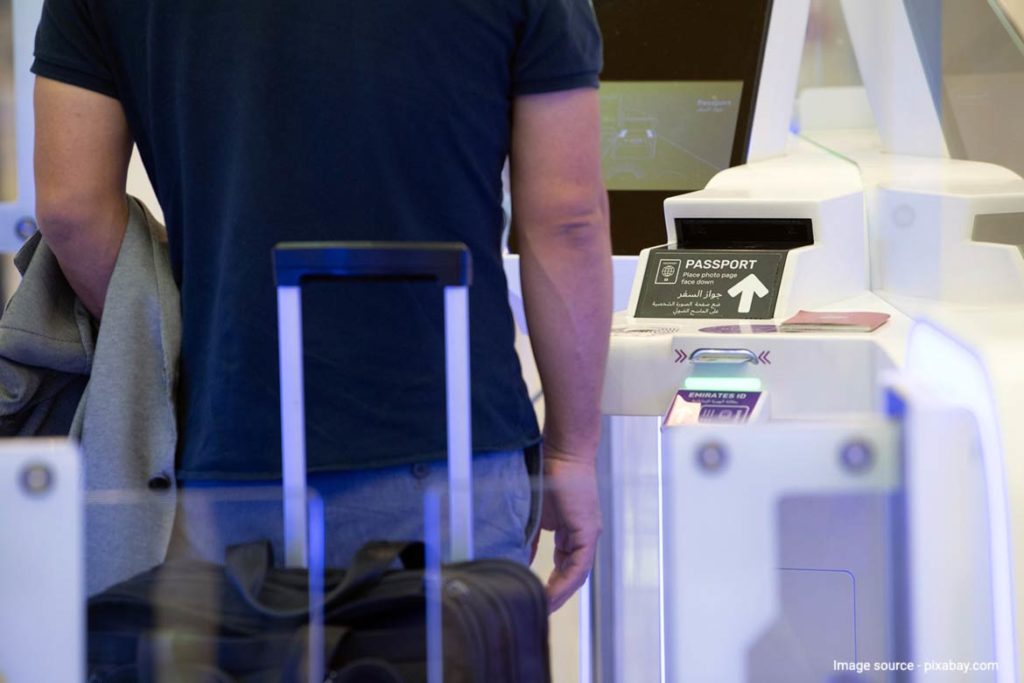India has deftly managed to bring Indian students back home from war-torn Ukraine. The success of Mission Ganga shows the diplomatic stature of new India. However, this situation raises a question, why so many students are leaving India for higher education to even smaller countries like Ukraine. Indian students going abroad for studies is not a new phenomenon. The lack of quality educational institutions in India and the demand-supply gap have forced many Indian families to send their children abroad for studies for a long time. Unless the education system in India is adapted to the needs of the students, they will continue to go abroad. Indian institutions need to present more options to the students for vocational courses including technology, medicine and other subjects.
How much Indian talent is studying abroad?
There are currently 7,70,000 Indian students studying abroad, which indicates a 20% increase as compared to 4,40,000 students in the year 2016. On the other hand, the growth in the domestic sector has been only 3% as compared to the demand for education abroad. India is the second-largest source of international students in the world after China.
Before the start of the pandemic, Indian students studying abroad were spending $24 billion in foreign economies, which is about 1% of India’s GDP. The number of Indian students studying abroad is projected to increase to about 1.8 million by the year 2024 when Indian students will be spending around $80 billion outside India.
If we talk about medical studies, Indian students have been flocking to Russia, China, Ukraine, Kyrgyzstan, Kazakhstan and the Philippines for nearly three decades to pursue a medical degree.
Chief reasons for this exodus:

Read more: Economic repercussions of Ukraine Russia war on India
Quality institutions: With more than half of India’s population under the age of 25 and no Indian universities in the world’s top 100, it is natural for aspiring students to move abroad for education.
Cheap Cost: Moreover, the cost of living abroad and tuition fees are much more affordable than paying for MBBS seats in private medical colleges in India, with special reference to medical degrees.
High competition: The number of MBBS candidates is more as compared to MBBS seats available in India. According to the National Medical Commission (NMC) data, there were a total of 596 medical colleges in the country in the year 2021-22, with the number of MBBS seats being 88,120.
What is needed to be done?
Short term requirement:
Indian students studying abroad are not only consumers of higher education in those countries but also their guests. From this point of view, it would be natural for India to ensure that the host countries assume responsibility for the safety of Indians abroad. The Government of India should promptly prepare a safety net for international students. International agreements binding host countries to ensure the welfare of Indian students in times of crisis and contingencies should be given paramount importance.
Midterm requirement:
Contrary to popular belief, a large proportion of students studying abroad do not belong to prosperous families and often resort to expensive loans to finance their education. Better opportunities and the aspiration to secure the future can push them to difficulties. Agreements with the foreign government should include conditions such as a compulsory student insurance scheme as well as handing over the responsibility of the welfare of students abroad to the host country to protect the interests of these students spending significant amounts in the host country.
Long term requirement:
If access and availability can be ensured, then increasing the number of government medical colleges will be beneficial for the country. This will not be possible by resorting to private enterprise alone, but the state and central governments can use district headquarters hospitals, expand the infrastructure and set up more medical colleges. Thus, students from low and middle socio-economic strata will also be benefited who otherwise would not be able to access medical seats.
There is an urgent need to increase investment in higher education, especially research and development, to raise the standard of higher education in India. The formation of the Higher Education Finance Agency (HEFA) is a welcome step to provide finance to premier educational institutions for the creation of a high-quality infrastructure and innovation ecosystem. Simultaneously, allowing foreign universities to set up campuses in India will increase the flow of foreign funds into India’s higher education system and reduce the ‘brain drain’ from India.
Also read: Where does India stand on the Russia-Ukraine crisis?
